Inside Kamakhya: India's Most Mysterious Temple of Shakti

Perched on the Nilachal Hill in Guwahati, Assam, the Kamakhya Temple is not your usual Hindu temple. Dedicated to Goddess Kamakhya, it is one of the 51 Shakti Peethas—sacred sites where parts of Goddess Sati are believed to have fallen. But what makes Kamakhya truly stand out is not just its religious importance, but the deeply mystical and powerful aura that surrounds it.
Where Science Ends and Mystery Begins
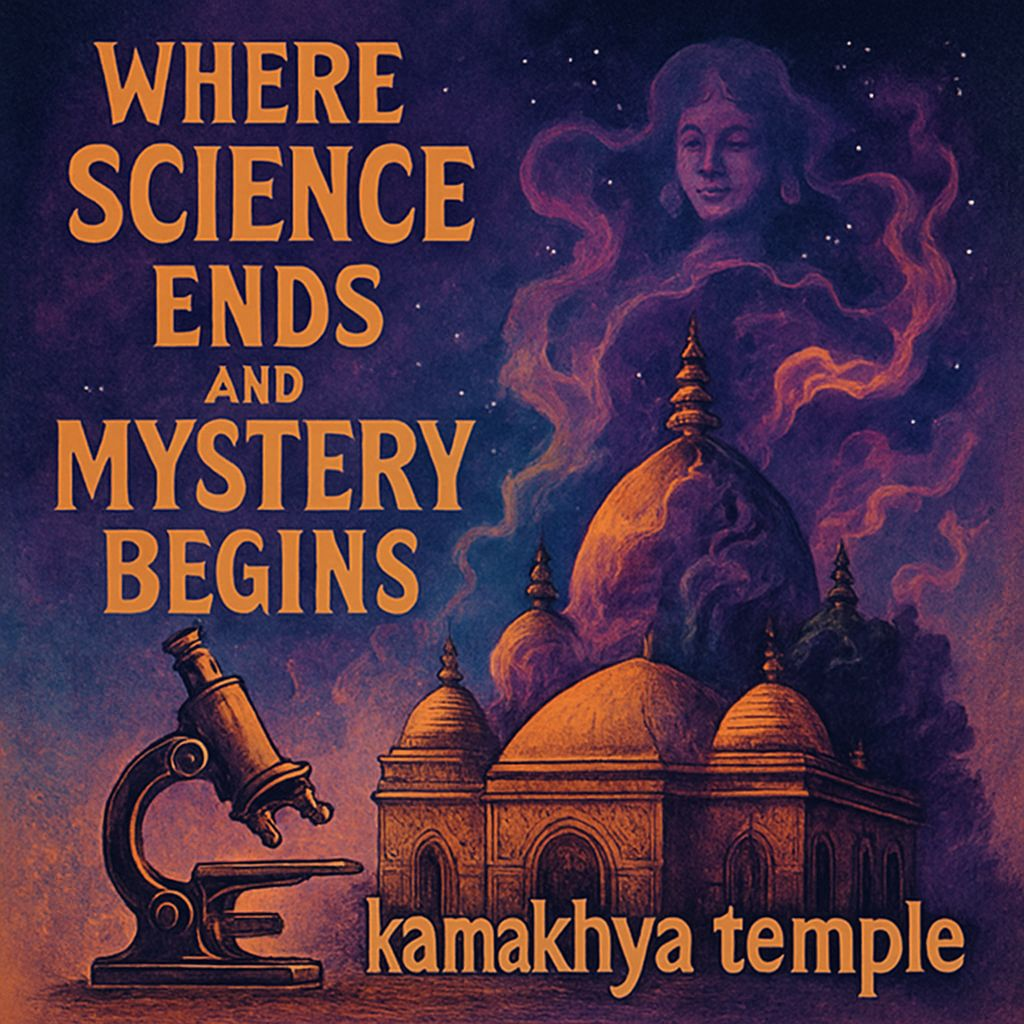 According to legend, when Sati immolated herself, Lord Shiva carried her body around the world in grief. Her body parts fell at various locations, creating the Shakti Peethas. Kamakhya is believed to be the spot where her yoni (womb) fell, making it a powerful symbol of feminine energy and fertility.
According to legend, when Sati immolated herself, Lord Shiva carried her body around the world in grief. Her body parts fell at various locations, creating the Shakti Peethas. Kamakhya is believed to be the spot where her yoni (womb) fell, making it a powerful symbol of feminine energy and fertility.
But here's where it gets even more mysterious. Unlike other temples that have idols or statues of deities, Kamakhya does not have a conventional idol. Instead, devotees worship a natural rock formation in the shape of a yoni, which is constantly bathed by an underground spring.
A Temple That Celebrates Menstruation
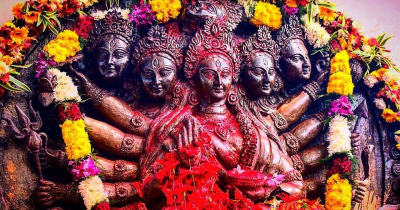 Kamakhya is the only temple in the world that openly celebrates menstruation through a festival called Ambubachi Mela. Every year in June, the temple is closed for three days, believed to be the time when the goddess is menstruating. During this time, the waters of the underground spring turn red, which devotees believe is due to the divine menstruation of the goddess.
Kamakhya is the only temple in the world that openly celebrates menstruation through a festival called Ambubachi Mela. Every year in June, the temple is closed for three days, believed to be the time when the goddess is menstruating. During this time, the waters of the underground spring turn red, which devotees believe is due to the divine menstruation of the goddess.
On the fourth day, the temple reopens and is thronged by thousands of pilgrims from all over the world.
This bold celebration challenges the usual stigma around menstruation and flips the narrative—here, menstruation is divine, creative, and holy.
The Centre of Tantric Worship
Kamakhya is also considered the heart of Tantric Hinduism. Tantra, often misunderstood in mainstream discourse, is deeply rooted in the worship of feminine energy. The temple complex is a pilgrimage site for tantric practitioners, ascetics, and even spiritual seekers seeking esoteric knowledge.
It is believed that the temple holds many secrets—rituals are conducted here that are not seen elsewhere. Some say the energy here is so strong that it can shake even the most grounded minds. Stories of hidden tunnels, sadhus with mystical powers, and spiritual awakenings are often whispered in the temple's courtyards.
Architecture That Tells Stories
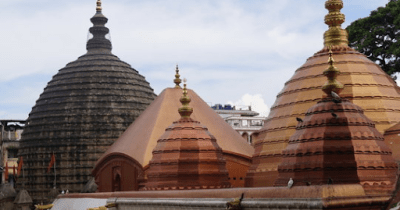
Built and rebuilt over centuries, the temple displays a mix of indigenous Assamese styles and medieval Hindu temple architecture. The dome-shaped structure, intricately carved walls, and sprawling complex with multiple shrines give a feeling of being transported into another world.
Kamakhya is not just one temple—it’s a complex of ten temples dedicated to different forms of Goddess Durga.
Why Kamakhya Temple Draws Thousands
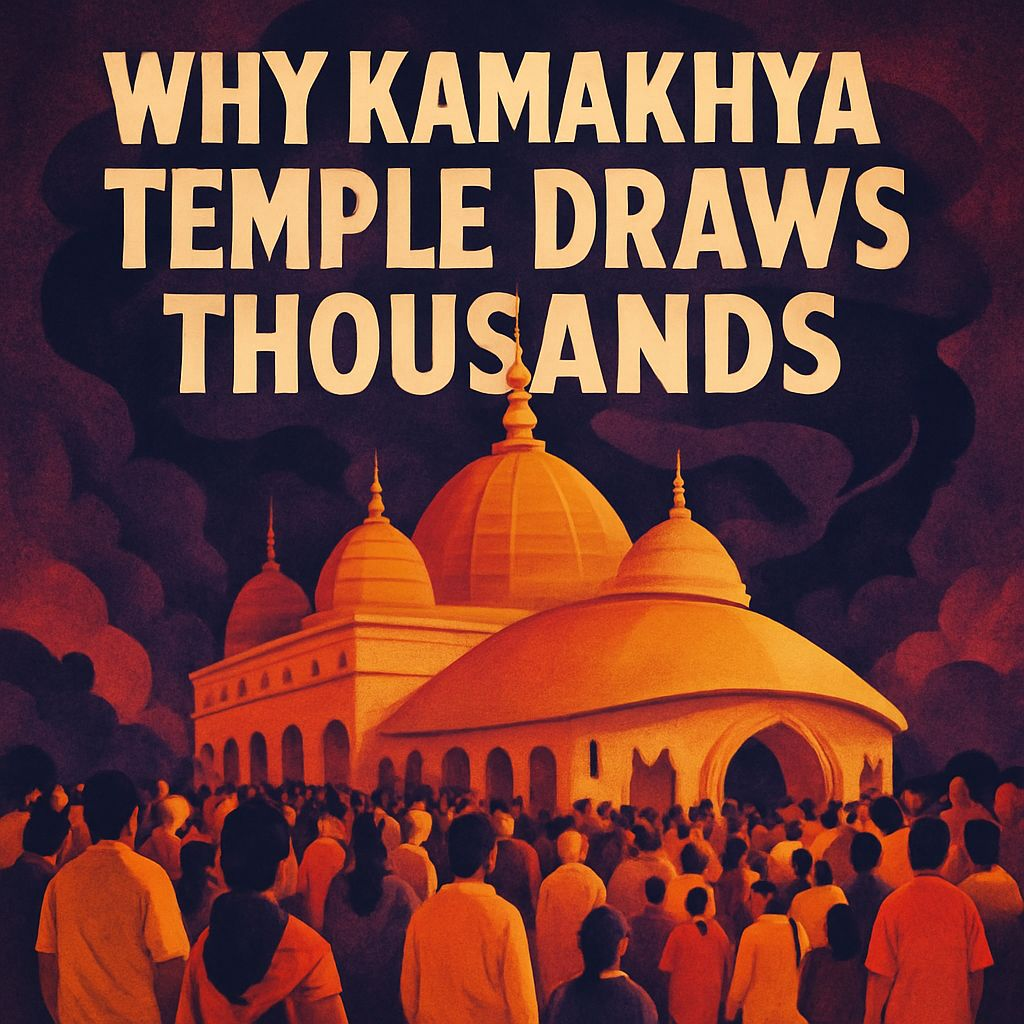 Pilgrims come to Kamakhya for blessings of fertility, power, and spiritual strength. Couples pray for children, seekers pray for wisdom, and believers offer red flowers, sweets, and vermilion to the goddess. It is also believed that wishes made at Kamakhya with a true heart are fulfilled.
Pilgrims come to Kamakhya for blessings of fertility, power, and spiritual strength. Couples pray for children, seekers pray for wisdom, and believers offer red flowers, sweets, and vermilion to the goddess. It is also believed that wishes made at Kamakhya with a true heart are fulfilled.
Despite its mysticism, the temple is open to all, irrespective of caste, gender, or background. It is a place that merges spiritual power, raw nature, and deep symbolism in a way few temples do.
Final Thoughts
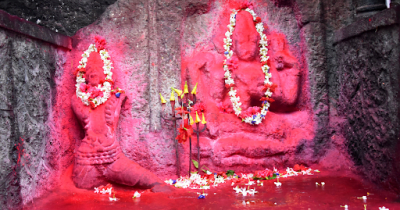
The Kamakhya Temple is more than just a place of worship—it’s a symbol of the divine feminine, of sacred power hidden in plain sight, and of India’s rich, complex spiritual history. It dares to challenge taboos, celebrates the cycles of life, and invites all who enter to connect with a power that is ancient, primal, and incredibly alive.
If you're someone drawn to mysteries, energy, and ancient wisdom, Kamakhya isn't just a destination—it’s a calling.